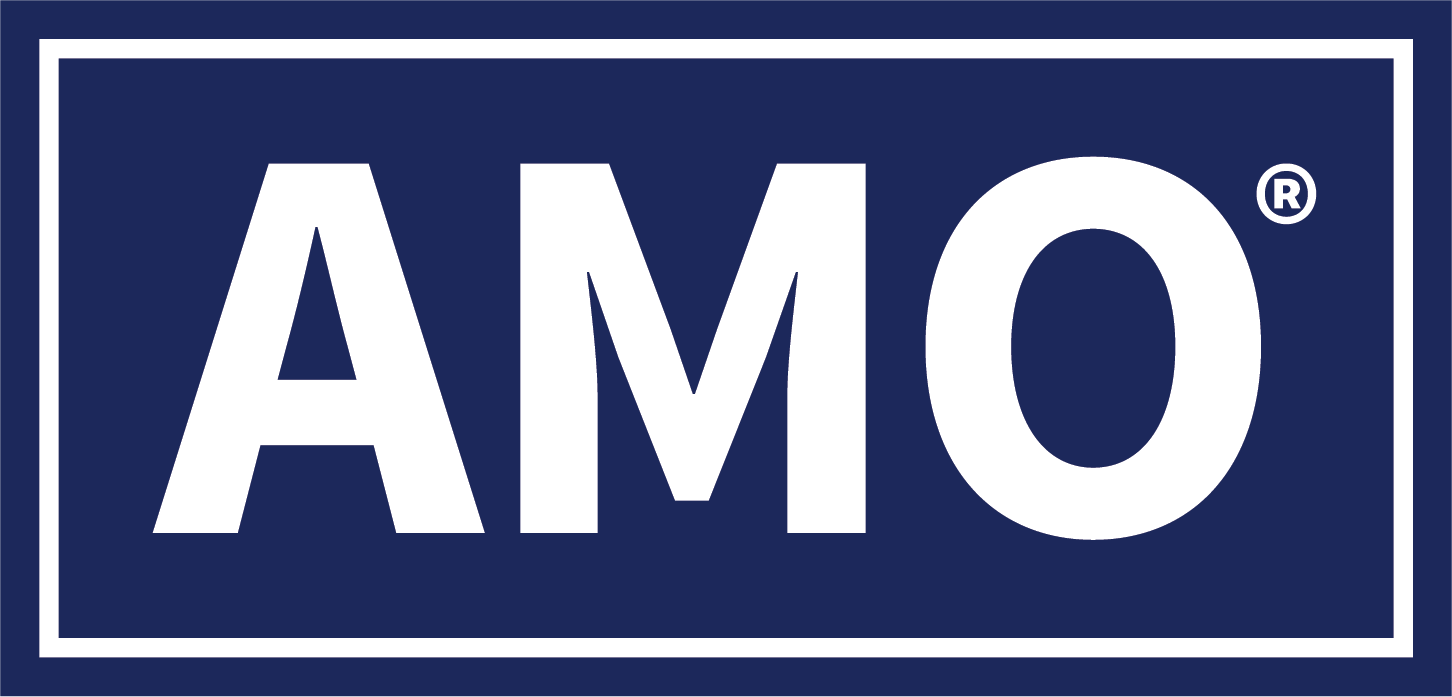Revolutionizing Property Management
The Power of Technology in Managing Rental Investment Properties

Revolutionizing Property Management: The Power of Technology in Managing Rental Investment Properties
Introduction
The world of real estate investment has experienced a transformation in recent years, thanks to the rapid integration of technology into property management practices. From streamlining administrative tasks to enhancing tenant experiences, technology has become a game-changer for landlords and property managers. In this blog, we'll explore the profound impact of technology on managing rental investment properties and how it can optimize operations, improve efficiency, and maximize returns.
- Streamlined Tenant Screening and Onboarding
- Technology has revolutionized the tenant screening process. Online applications, background checks, and credit reports can be accessed and evaluated within minutes, allowing landlords to make informed decisions quickly. This not only expedites the tenant selection process but also reduces the risk of selecting unsuitable tenants.
- Additionally, digital lease agreements and e-signature platforms enable tenants to complete the onboarding process remotely, eliminating the need for in-person meetings and paperwork. This convenience is especially valuable in today's fast-paced, digital world.
- Digital Property Marketing and Advertising
- Gone are the days of classified ads and "For Rent" signs. Today, landlords can leverage various online platforms, including property management websites, social media, and listing websites, to market their rental properties to a broad audience. High-quality photos, 3D virtual tours, and detailed property descriptions can be easily shared online, attracting potential tenants from around the world.
- Digital marketing not only increases property visibility but also allows landlords to track the effectiveness of their marketing efforts through analytics and metrics. This data-driven approach enables better decision-making in targeting the right audience and adjusting marketing strategies as needed.
- Smart Home Technology
- The rise of smart home technology has brought convenience and efficiency to property management. Landlords can install smart locks, thermostats, security cameras, and other devices that can be controlled remotely via smartphone apps or integrated into a central management system.
- These technologies not only enhance property security but also provide cost-saving opportunities through energy efficiency. Smart thermostats, for instance, allow for precise control of heating and cooling, reducing utility costs for both landlords and tenants.
- Property Management Software
- Property management software platforms have become indispensable tools for landlords and property managers. These all-in-one solutions streamline various aspects of property management, including rent collection, maintenance requests, accounting, and communication.
- Property management software simplifies rent collection through online payment portals, reducing the hassle of handling paper checks. It also enables automated rent reminders and late fee assessments, improving the consistency of rental income.
- Maintenance requests can be submitted digitally through these platforms, making it easier for tenants to report issues. Landlords can track and manage these requests efficiently, ensuring prompt resolution.
- Additionally, property management software offers robust accounting features, simplifying income and expense tracking, generating financial reports, and facilitating tax preparation.
- Data Analytics and Insights
- Technology-driven data analytics provide invaluable insights for property investors. Landlords can monitor market trends, rental rates, and property performance through real-time data analysis. This data-driven approach enables informed decisions on pricing, property upgrades, and investment strategies.
- Furthermore, data analytics can identify potential issues, such as a declining rental market or rising vacancy rates, allowing landlords to proactively address these challenges.
- Maintenance and Repair Management
- Property maintenance and repair management have become more efficient and transparent with technology. Landlords can use property management software to track maintenance requests, schedule repairs, and assign tasks to maintenance personnel or contractors.
- Additionally, smart maintenance solutions utilize sensors and predictive analytics to identify potential issues before they become major problems. For example, leak detection sensors can alert landlords to water leaks in real-time, preventing water damage and costly repairs.
- Online Communication and Tenant Portals
- Effective communication is key to successful property management. Technology provides various channels for landlords and tenants to stay in touch. Email, messaging apps, and online tenant portals facilitate quick and convenient communication.
- Tenant portals offer tenants access to important information, such as lease agreements, rent payment history, and maintenance request status. This self-service approach empowers tenants and reduces administrative workload for landlords.
- Financial Management and Reporting
- Financial management is a critical aspect of property management, and technology has made it more efficient. Landlords can use accounting software to track rental income, expenses, and tax-related transactions. These tools generate financial reports, making it easier to monitor the financial health of each property in the portfolio.
- Moreover, automation features in accounting software can streamline tasks like invoicing, late fee assessments, and rent reconciliation, saving time and reducing errors.
- Remote Property Monitoring
- Remote property monitoring systems, such as security cameras and smart sensors, allow landlords to keep an eye on their properties even when they're miles away. This provides a sense of security and enables quick response to emergencies or security concerns.
- Remote monitoring also includes property access control systems, which can grant or restrict access to certain areas of the property, enhancing security and control.
- Legal Compliance and Documentation
- Technology helps landlords and property managers stay compliant with local and federal regulations. Document management systems store lease agreements, inspection records, and other important documents securely in digital formats. This not only reduces paperwork clutter but also ensures easy access to essential documentation when needed.
- Additionally, technology can assist in staying up-to-date with changing laws and regulations through alerts and notifications.
Conclusion
Technology has become an integral part of managing rental investment properties, offering a wide range of benefits that optimize operations, improve efficiency, and maximize returns. From streamlined tenant screening and digital marketing to smart home technology and property management software, technology-driven solutions empower landlords and property managers to excel in the competitive real estate market.
Embracing technology not only enhances the tenant experience but also simplifies administrative tasks, improves property security, and provides valuable data-driven insights for better decision-making. As technology continues to evolve, staying informed about the latest innovations and adopting them strategically can position property investors for long-term success in the dynamic world of real estate investment.
Share this post














